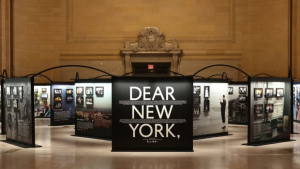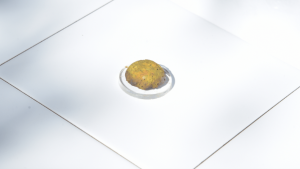
Kid-integrated design firm KIDmob recently teamed up with software company Autodesk for the second iteration of Superhero Cyborgs, the body modification workshop that teaches kids with and without disabilities to design their own upper limb prosthetics. The non-profit organisation based in San Francisco, US is known for its mobile workshops that teach kids how to solve local problems using modern technology.
Identifying a need to build customisable prosthetics, KIDmob took its workshop to Autodesk’s Pier 9 design space. There they buddied-up six children with professional designers and engineers who taught them hands-on lessons about 3D modeling and digital fabrication, from the CAD process to 3D printing.
In the end, the creations included a five-nozzle glitter shooter, a prosthetic with a nerf gun and horse-riding attachment and a prosthetic with an arm-activated water gun attachment to name a few.
Kate Ganim, KIDMob co-founder and co-director, told GOOD Magazine that the main aim of the workshop was to expose kids and adults to 21st-century skills in a meaningful way. “Design is creative problem solving—it is bringing ideas to reality. Our workshops are very active, with lots of improv, hands-on making, discussion and sharing, and playful discovery,” she added.
Dubbed Superhero Cyborgs 2.0, the program introduced children to 3D design and 3D modeling with Tinkercad, a free browser-based CAD tool, for an introduction to 3D printing, says Autodesk’s senior product marketing manager, Sarah O’Rourke.
“During the second day, the students created a casting of their limbs, then had the opportunity to use a 3D scanner and modify a custom 3D cuff with Fusion 360. It was great to see the kids start using these tools and have the facilitators show them where they could go over time,” she adds.
The children will continue their 3D education with their designers for the next three months. Meanwhile, Autodesk is eager is continue to collaborate with KIDmob in the future.






